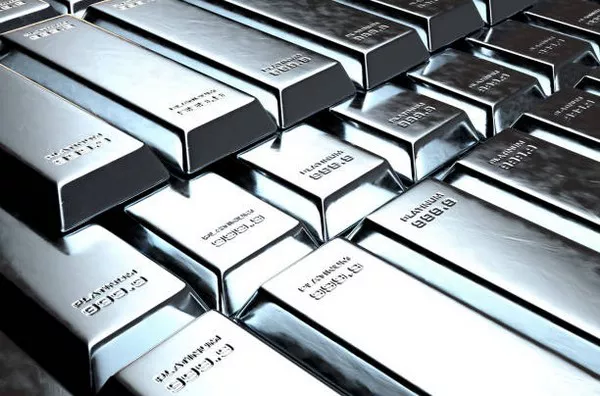Silver has long been revered as a precious metal, prized for its lustrous appearance, conductivity, and malleability. From ancient civilizations to modern industries, silver has played a significant role in various aspects of human civilization. Today, it continues to hold its value as an investment asset and remains in demand across industries such as jewelry, electronics, and photography.
Factors Influencing the Ease of Selling Silver:
Market Demand:
The ease of selling silver is heavily influenced by market demand. Silver serves both industrial and investment purposes, making its demand dynamic and responsive to economic conditions. While industrial demand provides a stable baseline, investment demand can fluctuate significantly based on factors like economic growth, inflation expectations, and geopolitical tensions.
Price Fluctuations:
Silver prices are subject to frequent fluctuations due to various factors, including supply and demand dynamics, currency movements, and investor sentiment. Understanding these price fluctuations is crucial for determining the optimal time to sell silver and maximizing profits. Investors should monitor silver price trends and market indicators to make informed selling decisions.
Liquidity:
Silver is generally considered a liquid asset, meaning it can be easily bought or sold without significantly affecting its market price. However, the ease of selling silver may vary depending on the form of silver (e.g., coins, bars, jewelry) and the prevailing market conditions. Highly liquid forms of silver, such as bullion coins and bars, are typically easier to sell than less liquid forms like rare collectibles.
Selling Channels:
There are various channels available for selling silver, each with its advantages and drawbacks. Online platforms, such as auction websites and bullion dealers, offer convenience and a potentially broader market reach but may involve shipping costs and transaction fees. Local coin dealers, pawn shops, and jewelry stores provide immediate cash payments but may offer lower prices due to overhead costs and profit margins.
Transaction Costs:
When selling silver, investors should consider any associated transaction costs, such as commissions, fees, or premiums, which can impact their net proceeds. Online platforms and bullion dealers typically charge a commission or fee for facilitating transactions, while local dealers may offer competitive prices but deduct a margin for their services.
Tips for Selling Silver:
Research:
Before selling silver, conduct thorough research on current market conditions, including silver prices, demand trends, and potential buyers. Stay informed about economic indicators, geopolitical events, and other factors that may influence silver prices.
Authentication:
Verify the authenticity and purity of silver items using reputable testing methods, such as acid testing or X-ray fluorescence analysis. Beware of counterfeit silver items and be cautious when dealing with unfamiliar buyers or sellers.
Presentation:
Present silver items effectively to potential buyers by cleaning and polishing them to enhance their aesthetic appeal. Take high-quality photographs and provide detailed descriptions to showcase the value and uniqueness of each item.
Timing:
Consider the timing of the sale based on silver price trends and market conditions. Selling silver during periods of high demand or price spikes may yield higher profits, while selling during downturns may result in lower prices.
Negotiation:
Negotiate with buyers to secure the best possible price for silver items. Be prepared to haggle and consider offers from multiple buyers to maximize returns. Establish clear terms and conditions for the sale to avoid misunderstandings or disputes.
Potential Challenges and Risks:
Market Volatility:
The silver market is inherently volatile, with prices susceptible to sudden fluctuations due to supply and demand dynamics, currency movements, and investor sentiment. Selling silver during periods of price volatility carries the risk of receiving lower-than-expected prices or missing out on potential gains.
Counterfeiting:
Beware of counterfeit silver items, especially when dealing with unfamiliar buyers or sellers. Inspect silver items carefully for authenticity markers, such as hallmarks or purity stamps, and consider obtaining third-party authentication if necessary.
Tax Implications:
Understand the tax implications of selling silver, including capital gains taxes and reporting requirements. Consult a tax professional for guidance on tax planning strategies and compliance obligations to ensure compliance with applicable laws and regulations.
Conclusion:
In conclusion, selling silver can be a rewarding endeavor if approached with caution, diligence, and strategic planning. By understanding market dynamics, conducting thorough research, and following best practices for selling silver, investors can maximize their profits and navigate potential challenges effectively. Whether selling silver for investment purposes or personal reasons, careful consideration of market conditions, selling channels, and negotiation strategies is essential for achieving successful outcomes.


